Madame X et des succès de scandale
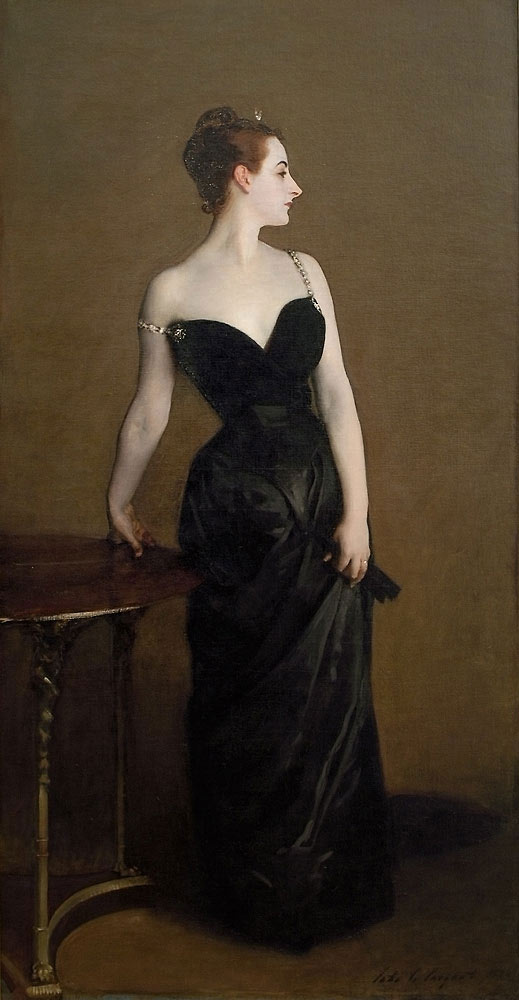 | 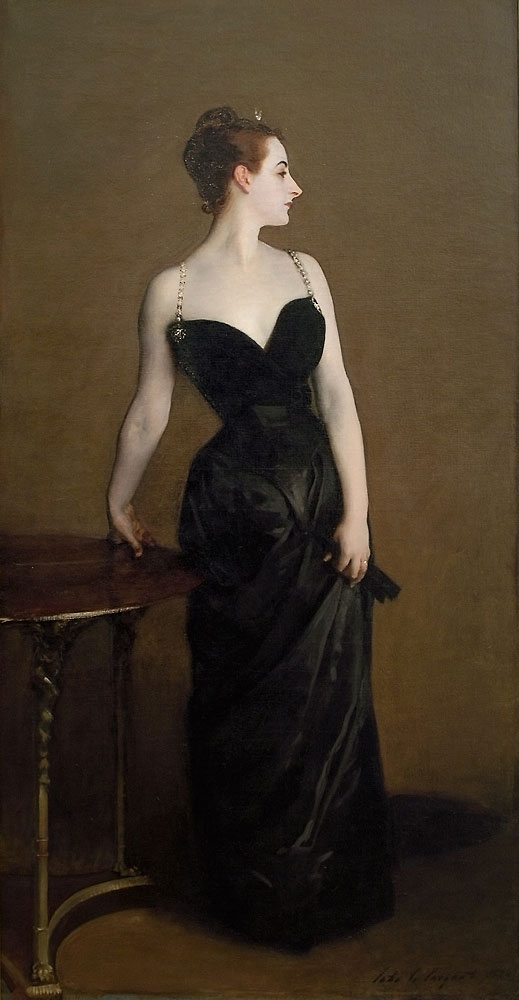 |
I wish to revive a theme I raised eighteen months ago in Puny Anonymities: Why, generally speaking, are academics such cowards? Aside from a commission as a federal judge, an academic appointment (at least in theory) may be the only way you can make a bourgeois living without fear of ideologically driven retribution. And even though ideologically driven retribution does thrive in practice, academia professes to be a community that cherishes diversity and freedom of expression.
Every aspiring academic, every successful entry-level candidate, and every newly tenured professor should visit the Metropolitan Museum of Art in order to pay homage to John Singer Sargent's portrait of Virginie Amélie Avegno Gautreau, better known as Madame X.
Sargent's infamous portrait debuted at the Salon de Paris in 1884. As described in Deborah Davis, Strapless (2003), Madame X utterly scandalized the Salon. Madame Gautreau's overt, unapologetic sensuality offended the public sensibilities of La Belle Époque. Worse than her insolence, though, was Singer's willingness to portray his subject exactly as he (and its denial notwithstanding, all of high Parisian society) saw her.
Madame X is hardly the only instance of a succès de scandale, an artistic or intellectual coup that triumphs by virtue of its power to shock. Edouard Manet had scandalized the Salon with Le déjeuner sur l'herbe and Olympia in 1863. Three decades after the debut of Madame X, Igor Stravinsky instantly made himself the most influential musician of his time with Le Sacre du Printemps, a composition so outrageous that its first audience rioted.
Yes, I have trashed Shakespeare's Julius Caesar for preferring fat, lazy, unambitious colleagues. But Caesar got one thing right. If only Brutus and the other Ides of March conspirators had given him any warning, Caesar would have died with his sandals on, his dagger drawn, and his toga defiantly flapping in the Roman breeze:
Cowards die many times before their deaths;Je vous souhaite bon courage et plusieurs succès de scandale.
The valiant never taste of death but once
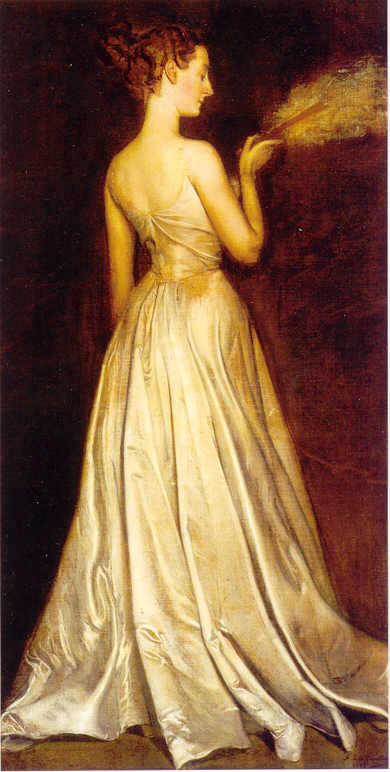 | 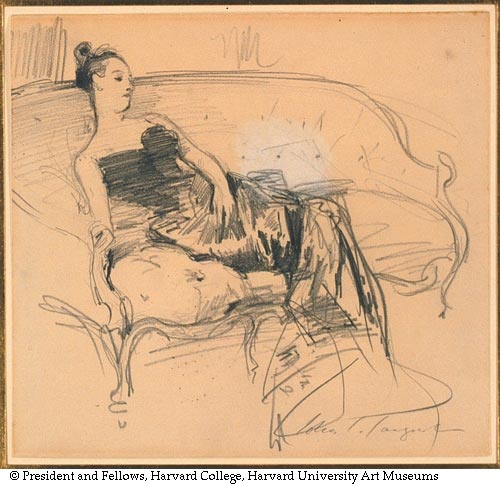 |
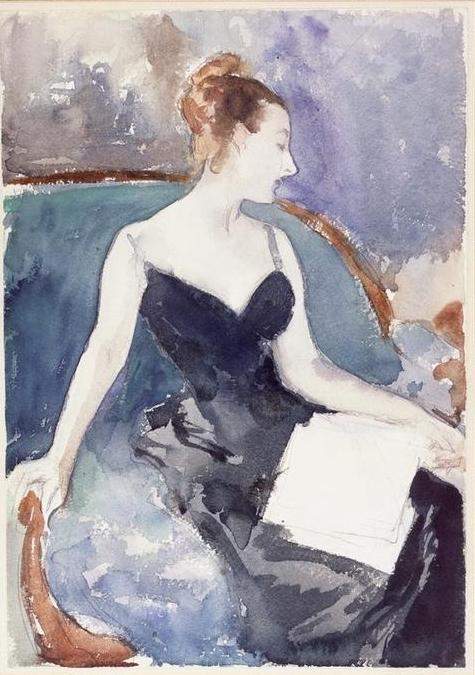 |













4 Comments:
I have nothing against nudity in pictorial representations, or in life generally. But there is something about a painting in which only a women is nude that kind of bugs me.I think the word is "objectification." Well, that's one that fits, there are others as well!
Singer Sargent painted male nudes too, but kept them private his entire life. Only naked women were socially acceptable and profitable, controversial as those paintings might have been.
In Sargent's further defense, Ann, the only nudes depicted here are the two Manets. Unlike Déjeuner and Olympia, which shocked by treating nudity cavalierly, Madame X challenged sexual conventions by turning Amélie's head and slipping her shoulder strap. As the illustrations atop the post demonstrate, Sargent later restored the shoulder strap to its "proper" place.
As for Stravinsky, he took a democratic approach to nudity. Everybody in Le Sacre du Printemps got naked.
I keep meaning to read the book reviewed here:
http://archive.salon.com/sex/feature/2001/01/11/sargent/print.html
One of these days... Anyway, Sargent was markedly less subtle with this painting:
http://jssgallery.org/Paintings/Egyptian_Girl.htm
Antonio de La Gandara's portrait of Mrs. X is a master piece. This intriguing painter was one of the best of his time. More about him? Check www.lagandara.fr or Wikipedia.
Thanks for this great site!
Antoon.
Post a Comment
<< Home